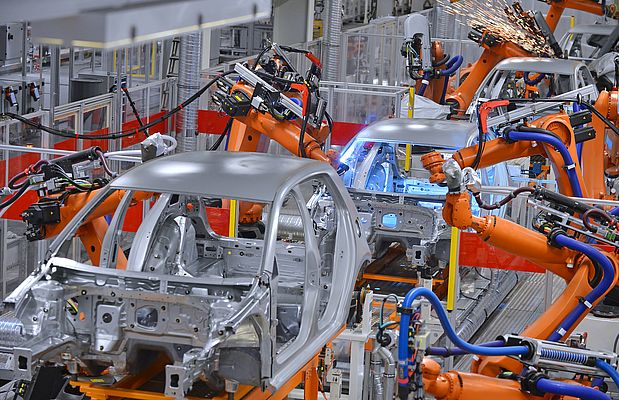The Connected Industries of the future will rely on a single, converged network. This facilitates access to data by enabling both vertical and horizontal communications in order to share actionable insights across the entire enterprise. Ultimately, the knowledge gathered will drive productivity and competitiveness. By simplifying the architecture behind unified industrial communications, such a setup can also considerably simplify network architectures as well as maintenance activities, reducing costs
Getting ready for next-gen networks
Therefore, existing network technologies – even when well established – may not be able to address the needs of next-gen industries. A first, significant step to address change is the use of solutions offering large bandwidth, i.e. 1 Gbit/s. The next step is to implement TSN technology, whose relevance has rapidly grown. Businesses around the world are well-aware that TSN is the enabler for Industry 4.0 as it can unleash their full potential by supporting converged, deterministic networks that are at the core of smart, interconnected factories. In particular, the Asian market is moving particularly fast, embracing the technology and developing innovative real-world applications and use cases.
Succeeding in TSN implementations
TSN requires a comprehensive ecosystem for its successful implementation. Adopting this technology means applying it on a systemic level, rather than as a single product. Therefore, two main requirements need to be addressed. Firstly, it is necessary to have strong support from an industrial Ethernet organisation such as the CLPA, to deliver suitable TSN-compatible network technologies. Secondly, it is essential to have a broad range of available products supporting this technology. CC-Link IE TSN can meet these two requirements. It is the first gigabit Ethernet with TSN capabilities and the most advanced solution currently available. Also, it offers the most complete system, with many compatible automation products on the market.
An additional aspect to succeed in embracing TSN is achieving interoperability. To overcome this issue, Moxa is actively taking part in a number of activities such as in TSN testbeds as well as discussing with other leading automation vendors how to shape their solutions to support customers in the most effective way. The key to success is collaborating. By working together, automation vendors, machine builders and users can help shape TSN so that it addresses our needs.
The future is already here
There are more and more real-world applications of TSN, and we expect to see larger scale implementations of this technology by next year, while mass adoption of TSN in entire factories should happen in the near future. While many products and solutions are still being developed, companies should embrace change now. A proactive approach is the most efficient, as it supports a stage-like implementation. Waiting until TSN is a mature technology will likely be too costly and time-consuming, while leaving businesses behind. Ultimately, TSN will become an industry standard. As adoption grows, more uses will be discovered, ultimately making this technology an essential element of industrial operations.
Chih-Hong Lin, Global Technology Partner Manager, Moxa Inc.























